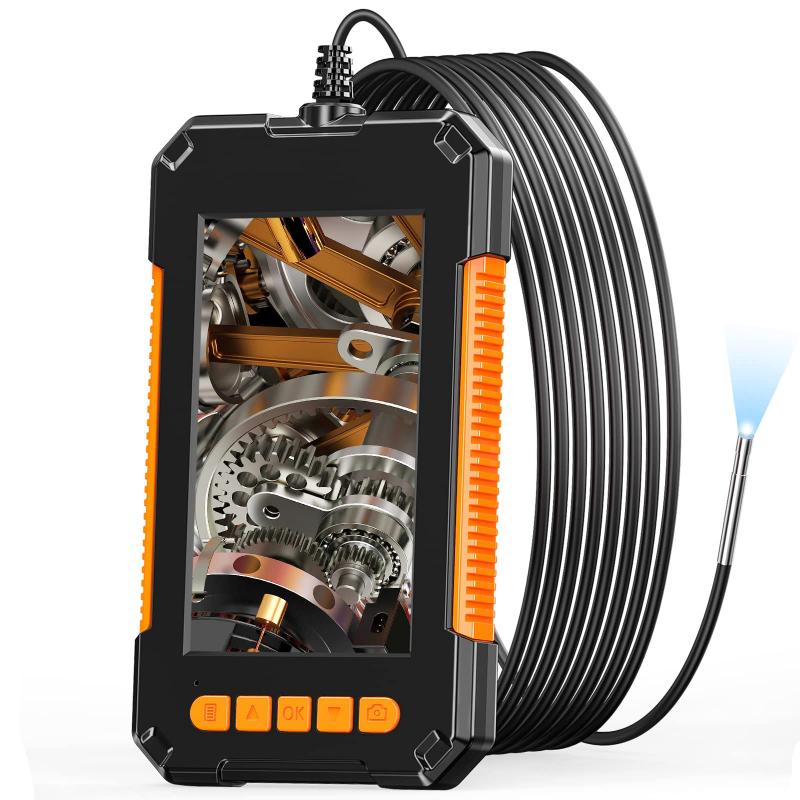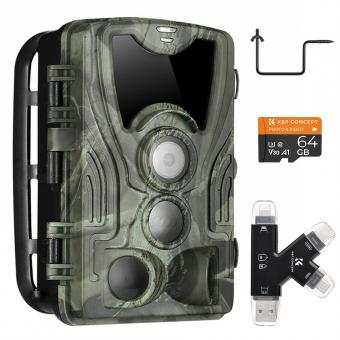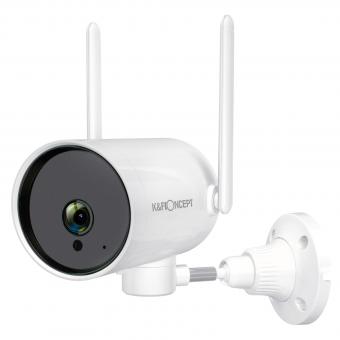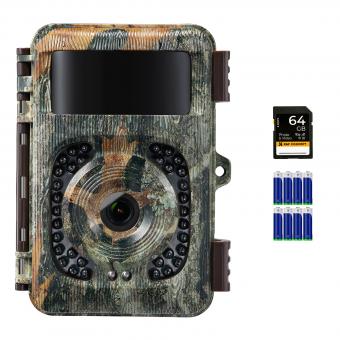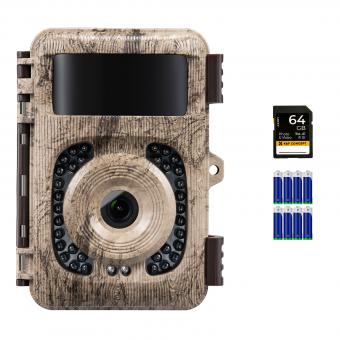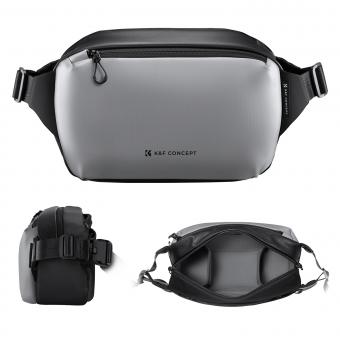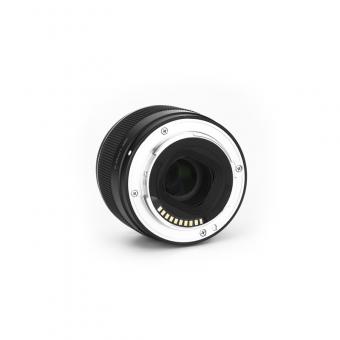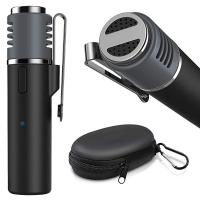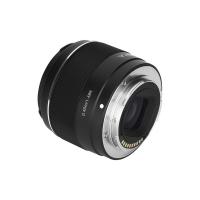How To Fit Sv3c Wifi Camera ?
To fit an SV3C WiFi camera, follow these steps:
1. Choose a suitable location for the camera where it can capture the desired area.
2. Ensure that the camera is within range of your WiFi network.
3. Mount the camera securely using the provided mounting bracket and screws.
4. Connect the camera to a power source using the included power adapter.
5. Download and install the SV3C camera app on your smartphone or tablet.
6. Open the app and create an account if required.
7. Follow the on-screen instructions to connect the camera to your WiFi network.
8. Once connected, you should be able to view the camera's live feed on your mobile device.
9. Adjust the camera's angle and settings as needed to optimize the view.
10. Test the camera's functionality by monitoring the live feed and adjusting any additional settings as desired.
Note: It is recommended to refer to the specific instructions provided by SV3C for your camera model for detailed installation and setup guidance.
1、 Mounting and positioning the SV3C WiFi camera for optimal coverage.
To fit the SV3C WiFi camera, you need to follow a few steps to ensure optimal coverage and positioning. Here is a guide on how to mount and position the SV3C WiFi camera:
1. Choose the right location: Select a spot that provides a clear view of the area you want to monitor. Consider factors like the camera's range, angle of view, and any potential obstructions.
2. Mount the camera: Use the provided mounting bracket to attach the camera to a wall, ceiling, or other suitable surface. Ensure that the mounting surface is sturdy and can support the weight of the camera.
3. Adjust the angle: Once the camera is mounted, adjust the angle to capture the desired area. The SV3C WiFi camera typically offers a wide-angle view, allowing you to cover a larger area. Make sure the camera is level and facing the right direction.
4. Connect to power: Plug the camera into a power source using the provided power adapter. Ensure that the power supply is stable and reliable.
5. Connect to WiFi: Follow the manufacturer's instructions to connect the camera to your WiFi network. This usually involves using a smartphone app or a computer to scan for available networks and enter the WiFi password.
6. Test the camera: Once connected, check the camera's live feed to ensure it is working correctly. Adjust the camera's settings, such as motion detection sensitivity or recording options, as per your preferences.
7. Secure the camera: If necessary, use the provided screws or other security measures to prevent unauthorized access or tampering with the camera.
It's important to note that the latest point of view regarding mounting and positioning the SV3C WiFi camera may vary depending on specific updates or recommendations from the manufacturer. Therefore, it's always a good idea to consult the user manual or the manufacturer's website for any updated guidelines or best practices.

2、 Connecting the SV3C WiFi camera to your home network.
To fit the SV3C WiFi camera, you need to follow a few simple steps to connect it to your home network. Here is a step-by-step guide:
1. Start by unpacking the SV3C WiFi camera and ensure that all the necessary components are included.
2. Find a suitable location for the camera. It should be placed in an area that provides a good view of the desired surveillance area.
3. Connect the camera to a power source using the provided power adapter. Make sure the camera is receiving power before proceeding.
4. Download and install the SV3C camera app on your smartphone or tablet. The app is available for both iOS and Android devices.
5. Open the app and create an account if prompted. This will allow you to access the camera remotely.
6. Connect your smartphone or tablet to your home WiFi network.
7. On the app, tap on the "Add Camera" button and select the SV3C WiFi camera from the list of available devices.
8. Follow the on-screen instructions to connect the camera to your home WiFi network. You will need to enter your WiFi network name and password.
9. Once the camera is connected to your home network, you can access the live feed and configure the camera settings through the app.
It is important to note that the specific steps may vary slightly depending on the model of the SV3C WiFi camera and the app version. Therefore, it is recommended to refer to the user manual or the manufacturer's website for the most up-to-date instructions.
Overall, connecting the SV3C WiFi camera to your home network is a straightforward process that can be completed in a few minutes.
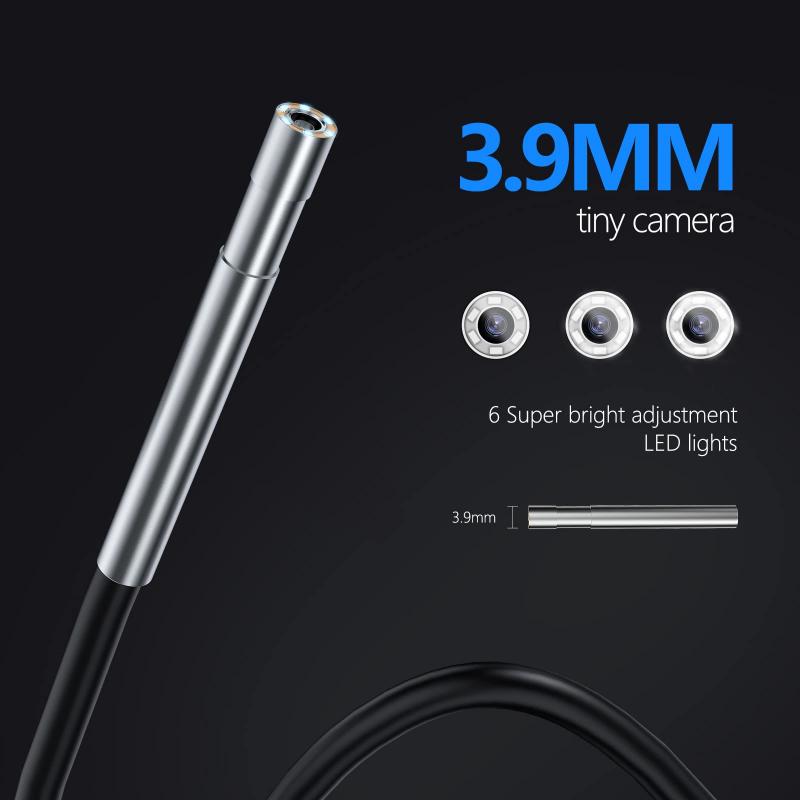
3、 Configuring the camera's settings for desired functionality.
To fit an SV3C WiFi camera, you need to follow a few steps to ensure proper installation and configuration. Here is a guide on how to fit an SV3C WiFi camera:
1. Choose the right location: Select a suitable spot for your camera that provides a clear view of the area you want to monitor. Ensure that the camera is within the WiFi range and has a power source nearby.
2. Mount the camera: Use the provided mounting bracket to securely attach the camera to a wall or ceiling. Make sure it is positioned at the desired angle and height for optimal coverage.
3. Connect to power: Plug the camera into a power outlet using the included power adapter. Ensure that the power source is stable and reliable.
4. Connect to WiFi: Use the camera's mobile app or web interface to connect it to your WiFi network. Follow the instructions provided by SV3C to establish a stable connection. Make sure you have the correct WiFi credentials handy.
5. Configure camera settings: Once connected, access the camera's settings through the mobile app or web interface. Configure the camera's settings for desired functionality, such as motion detection, recording schedules, and notifications. Adjust the camera's resolution, frame rate, and other parameters to suit your needs.
6. Test and monitor: After configuring the settings, test the camera's functionality by monitoring the live feed and checking if the desired features are working correctly. Make any necessary adjustments to optimize performance.
It is important to note that SV3C may release firmware updates or provide additional instructions specific to their WiFi cameras. Therefore, it is recommended to refer to the latest documentation or contact SV3C support for any specific guidance or troubleshooting.
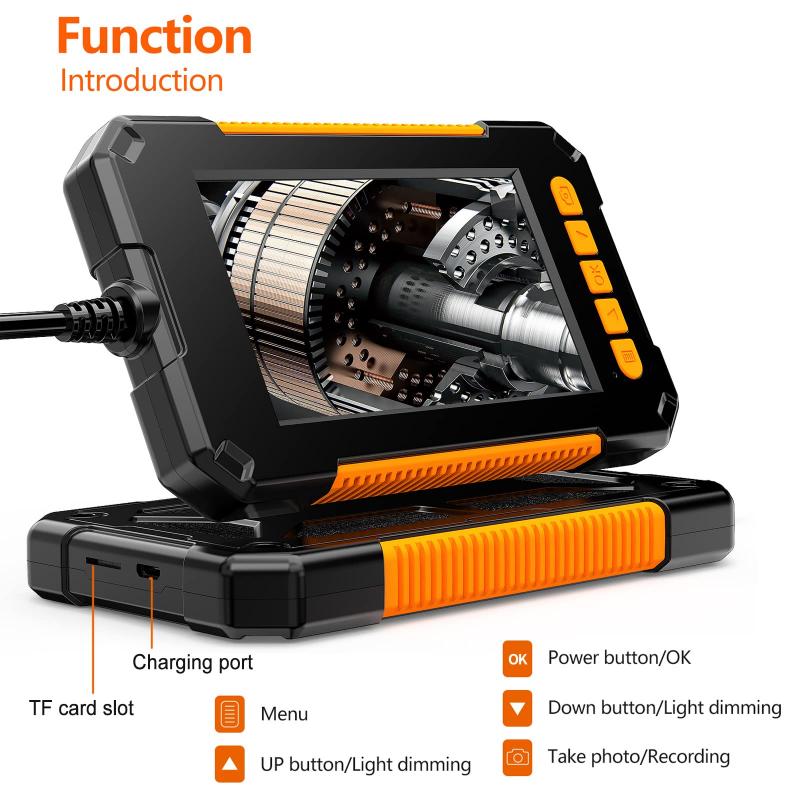
4、 Troubleshooting common issues with SV3C WiFi camera installation.
To fit an SV3C WiFi camera, follow these steps:
1. Choose the right location: Select a suitable spot for your camera that provides a clear view of the area you want to monitor. Ensure it is within range of your WiFi network.
2. Mount the camera: Use the provided mounting bracket to attach the camera to a wall or ceiling. Make sure it is securely fixed to avoid any movement or instability.
3. Connect the camera to power: Plug the camera into a power outlet using the included power adapter. Ensure the power source is stable and reliable.
4. Connect to WiFi: Use the SV3C mobile app or software to connect the camera to your WiFi network. Follow the instructions provided by SV3C to complete the setup process. Make sure you enter the correct WiFi password to establish a successful connection.
5. Adjust camera settings: Once connected, you can customize the camera settings according to your preferences. This may include adjusting the motion detection sensitivity, setting up alerts, or configuring recording options.
6. Test the camera: After completing the setup, test the camera by accessing the live feed through the SV3C app or software. Ensure the camera is capturing the desired area and that the video quality is satisfactory.
Troubleshooting common issues with SV3C WiFi camera installation:
1. Weak WiFi signal: If the camera is not connecting to your WiFi network, ensure that the signal strength is strong enough in the camera's location. Consider using a WiFi extender or relocating the camera closer to the router.
2. Incorrect password: Double-check that you are entering the correct WiFi password during the setup process. A wrong password will prevent the camera from connecting to the network.
3. Power supply issues: If the camera is not turning on or frequently losing power, check the power adapter and outlet for any faults. Consider using a different power source or contacting SV3C support for assistance.
4. Camera not detected: If the camera is not being detected by the SV3C app or software, ensure that you have followed the correct installation steps and that the camera is properly connected to the WiFi network.
5. Firmware updates: Regularly check for firmware updates for your SV3C camera. These updates often include bug fixes and improvements that can enhance the camera's performance and address any compatibility issues.
Always refer to the SV3C user manual or contact their customer support for specific instructions and troubleshooting guidance.
